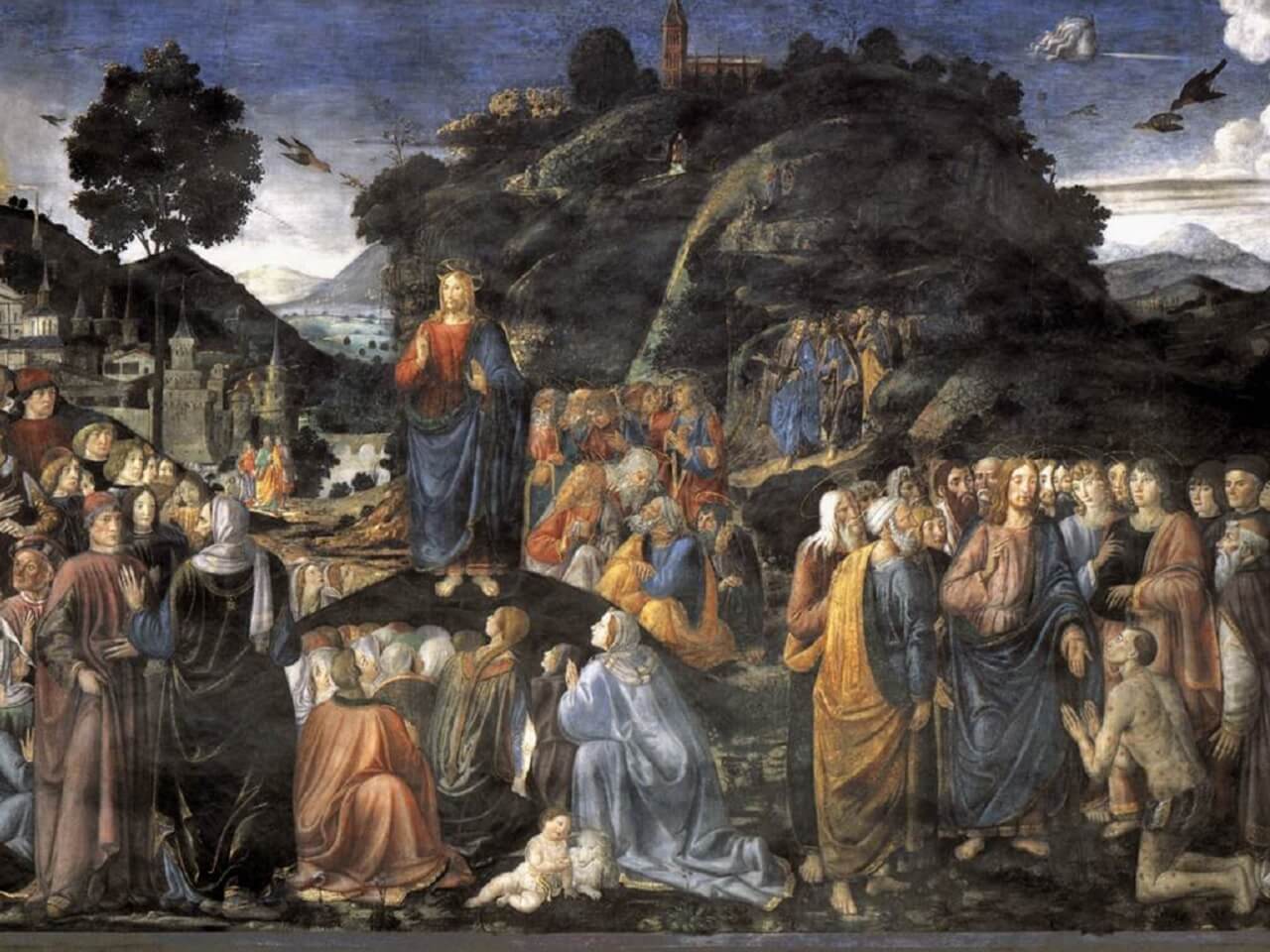Prayer is man’s richest boon. It is his light, his nourishment, and his very life, for it brings him into communication with God, who is light , nourishment, and life. But of ourselves we know not what we should pray for as we ought; we must needs, therefore, address ourselves to Jesus Christ, and say to Him as the apostles did: “Lord, teach us how to pray.”
Dom Prosper Guéranger — probably the greatest liturgical scholar in the vast history of the Eternal Church of God — gives us an insight into, quite possibly, the greatest of personal mysteries pertaining to each individual:
- We need prayer more than anything.
- We don’t know how to pray.
This leaves us, the baptized faithful, with an obvious response — to seek assistance from the only One who can truly determine, and is, our final cause: our Creator. Fortunately, He makes Himself more accessible than one could ever dream by becoming one of us.
His disciples rightly ask for this assistance from Our Creator: “Lord, teach us to pray, as John also taught his disciples” (Lk. 11:1).
As many of us know, the response to seemingly the most important request in human history is what we know now as the Pater Noster, in which, according to the Angelic Doctor, one finds “not only all the things we can rightly desire, but also in the sequence that they should be desired.”
Our Lord doesn’t simply leave us there, with mere texts and an intellect, as the Protestants would assert. He promises to give His Church the assistance of the Holy Ghost for this specific purpose. “But the Paraclete, the Holy Ghost, whom the Father will send in my name, He will teach you all things, and bring all things to your mind, whatsoever I shall have said to you” (Jn. 14:26).
Guéranger asserts, “Now it is in the holy Church that this divine Spirit dwells. He came down to her as an impetuous wind, and manifested Himself to her under the expressive symbol of tongues of fire. Ever since that day of Pentecost, He has dwelt in this His favoured bride. He is the principle of everything that is in her. He it is that prompts her prayers, her desires, her canticles of praise, her enthusiasm, and even her mourning.”
In God’s plan to bridge the gap of our primary necessity of prayer and our ignorance of how to do so, the Church is given the same assistance and source of inspiration that was received by the prophets, the Psalmist, and the apostles.
In dogmatic theology, we understand this as the integration of Scripture and Tradition — source and interpretation — to constitute the Sacred Deposit of Faith, both inspired by the Holy Ghost. In the light of our topic, we can also understand this integration to bridge our gap.
As in both dogmatic theology and liturgical theology, we have both Scripture and Tradition — texts and a living expression.
In dogmatic theology, the dogmas found in Sacred Scripture are inspired by the Holy Ghost. In liturgical theology, as we will now call it, the answer to “Lord, teach us to pray” consists in the prayers found in Sacred Scripture.
Further, in dogmatic theology, our correct understanding and expression of the dogmas are found in the Sacred Tradition of the Church, aided by the Holy Ghost. In that same vein, in liturgical theology, our correct understanding and expression of scriptural prayers are found in the liturgical tradition of the Church.
- We need prayer more than anything.
- We know not how to pray.
- God responds by giving us Himself, the Holy Ghost.
- The Holy Ghost answers this request in the form of Sacred Scripture and the liturgical traditions of the Church.
If one is desirous of learning how to pray, look no further than the traditions of the Church: the calendar, the Mass, the Divine Office.
In the most literal way, the Church’s liturgy really is the fleshing out of Our Lord’s Pater Noster and Our Lord’s answer to our request to teach us how to pray.
“The prayer of the Church is, therefore, the most pleasing to the ear and heart of God, and therefore the most efficacious of all prayers. Happy, then, is he who prays with the Church, and unites his own petitions with those of this bride, who is so dear to her Lord that He gives her all she asks.”
— Dom Prosper Guéranger
Image: “Sermon on the Mount” by Cosimo Rosselli (1439–1507).


